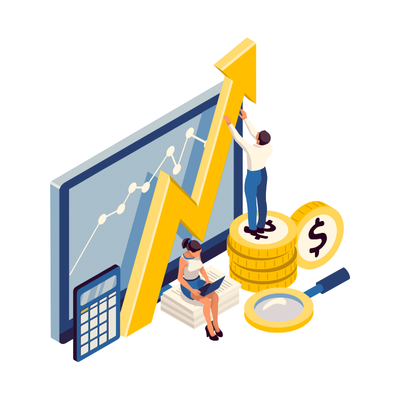In today’s fast-changing market, businesses need more than just instinct to grow. They need insights. One of the most powerful tools for this is the latest sales purchase data. With the right information, companies can see trends, plan strategies, and understand their customers better.
This blog will guide you through what this data means, why it matters, and how you can use it to stay ahead. The language is simple, the flow is easy, and the ideas are designed to spark new thinking for your business journey.
Why Businesses Value the Latest Sales Purchase Data
Every sale and purchase tells a story. When these stories are collected together, they create a clear picture of the market. Businesses can use this picture to make smarter decisions.
For example, sales data shows what people are buying. Purchase data shows where companies are spending. Together, they highlight supply and demand. This balance helps both small shops and large enterprises find opportunities.
Looking Beyond Numbers
It’s not just about numbers on a screen. The latest sale purchase data reveals behavior. You can track how buying patterns change in different seasons, or how customer interest shifts when new products launch.
Think about festivals in India. Sales usually rise for clothes, electronics, and home goods. By tracking data from past years, businesses can prepare better for the next season.
Benefits of Tracking Sales and Purchase Trends
The real advantage comes when data is put to use. Let’s break it down:
Better planning – Companies can stock the right products at the right time.
Cost control – By looking at purchase data, businesses can reduce wasteful spending.
Customer insight – Sales data shows what buyers truly want.
Competitive edge – When you know trends before others, you get ahead.
Each of these points may sound simple, but when combined, they create a powerful growth strategy.
How the Latest Sales Purchase Data Shapes Decisions
Imagine running a clothing store. If your data shows more sales of winter wear in October instead of November, you can start stocking earlier. That small step ensures happy customers and higher profits.
On the other hand, purchase data might show that one supplier charges more than others for the same fabric. With this knowledge, you can negotiate better or find a new source.
This is how smart businesses use the latest sales purchases data—not as raw numbers, but as clear signals guiding every decision.
From Raw Data to Useful Insights
Having data is not enough. The real magic lies in analyzing it. Businesses often turn raw sales purchase figures into charts, reports, and forecasts.
Here’s how it works:
Collect – Gather details from invoices, receipts, and online transactions.
Organize – Sort them into categories like product, time, and region.
Analyze – Spot trends and patterns.
Act – Use the insights to plan stock, pricing, and marketing.
This simple flow helps businesses move from guesswork to data-driven planning.
The Link Between Sales Purchase Data and Customer Trust
When businesses act on data, customers notice. For instance, if a grocery store keeps running out of a popular brand, shoppers lose trust. But when the store tracks latest sale purchase data and keeps shelves stocked, customers return again and again.
Consistency builds loyalty, and loyalty drives growth.
Latest Sales Purchase Data in the Digital Age
Technology has changed everything. Earlier, data collection was manual and slow. Today, with digital invoices and online shopping, data flows in real time.
Small businesses can now access insights once reserved for big corporations. Even a small online seller can track product performance across regions, prices, and customer groups.
This level of access has opened doors for fair competition.
Real-Life Scenarios That Show the Power of Data
A local restaurant checks sales data and finds that pasta dishes sell more on weekends. So, they offer weekend pasta combos, boosting profits.
An electronics store studies purchase data and realizes they spend too much on one supplier. They switch to another and save money.
An online brand notices rising sales of eco-friendly products. They expand this line, winning more loyal customers.
These examples prove that latest sales purchases data is not just theory. It works in practice.
Challenges in Handling Sales and Purchase Data
Of course, using data comes with challenges. Some common ones are:
Too much information, making it hard to filter useful parts.
Mistakes in records that lead to wrong conclusions.
Lack of tools or knowledge to analyze properly.
But with patience and the right approach, these challenges can be turned into opportunities.
The Future of Sales Purchase Data
Looking ahead, the role of data will only grow. Artificial Intelligence and Machine Learning are already helping businesses predict customer behavior. Soon, even small shops will use AI-driven tools to analyze their latest sales purchase data.
This future is exciting. It promises better planning, smarter investments, and stronger customer relationships.
Final Thoughts
The latest sales purchase data is more than a report. It’s a guide for smarter growth. Businesses that use it wisely can reduce risks, save costs, and build stronger connections with their customers.
In a market where every step matters, data is not optional—it’s essential. Whether you run a shop, a service, or an online store, using sales and purchase insights will give you the clarity you need to grow.
Our Other Related Articles

